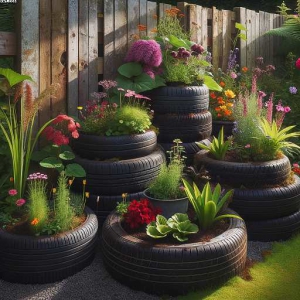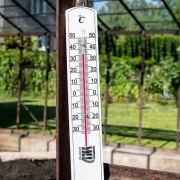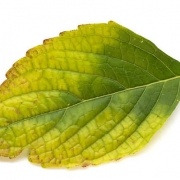Hot weather-and your precious plants
Hot weather
Hot weather
I am writing this post because I am not sure that the large population of immigrant growers understand that the UK can be a very hot place. So this July (2012) is proving a point. Hot weather can be a disaster to all kind of plants. Especially if you are using some kind of back up heating for some hot weather plants. People growing inside their homes will be having particular problems in trying to keep the temperature down so the plants can grow and produce a good crop of flowers or fruit.
My citrus trees are lucky because in summer I place them out onto a pebbled area of my garden along with the pomegranate and fig trees. Of course these Mediterranean plants including my olives just love the heat. Importantly though , I still have the problems with watering. Too much or too little will cause a leaf drop. This leaf drop can happen on many types of plants. When the temperature gets too hot out of control then the plants will shed their leaves.
Commercial glass house have to be strictly controlled to avoid any disasters. Crops will also develop at a faster rate due to the plants trying to produce their crops at a quicker rate. A good example of this would be strawberries. Of course a sudden rise in temperature and sun shine will start to produce fruit more abundantly. For certain crops this can be a disaster. However strawberries can be sold off cheaper or used in other products avoiding massive losses tot the growers.
Electric fans can help cool down your plants.
My greenhouse has been no different in recent hot weeks. Spraying down the floor with cold water does help. Also good ventilation is a must. Keeping as many windows and doors open will probably lower the temperature enough for you plants to enjoy the good hot weather without stressing them out. So, in other similar year then I have had success and failures. Tomato plants do great in hot weather but many other salad crops can suffer.
Plants in the ground can soon dry up. Of course a good regime of composting can give you a better chance at retaining moisture in the soil. Surprising my hydroponic lettuces have gone to seed pretty quickly in this hot spell. I am not sure why this is and will investigate once I am over my knee replacement operation.
People growing in their homes are probably the ones with most problems. UK houses are not built to resist this realy hot weather. In my particular case the house faces the south. Up to lunchtime the house remains coolish. However as the afternoon progresses the house becomes very hot. Plants growing in lofts and bedrooms will soon Sercombe to the heat build up. Air-con units are an expensive option but most have a pipe which must be hung out of a door or window. Thus making it difficult for many people.
Electric fans can offer some comfort for the plants. Here at Hydrostore in West Yorkshire we offer a selection of fans that can be used short term. So, good luck with your heat management, its just a part of growing in our great country.
.



